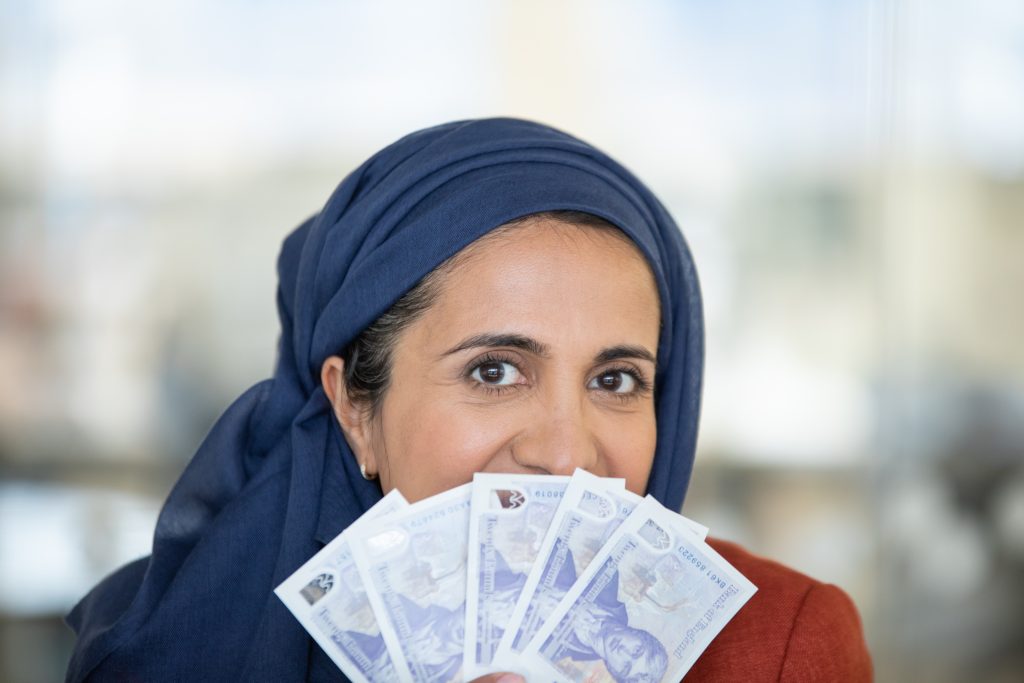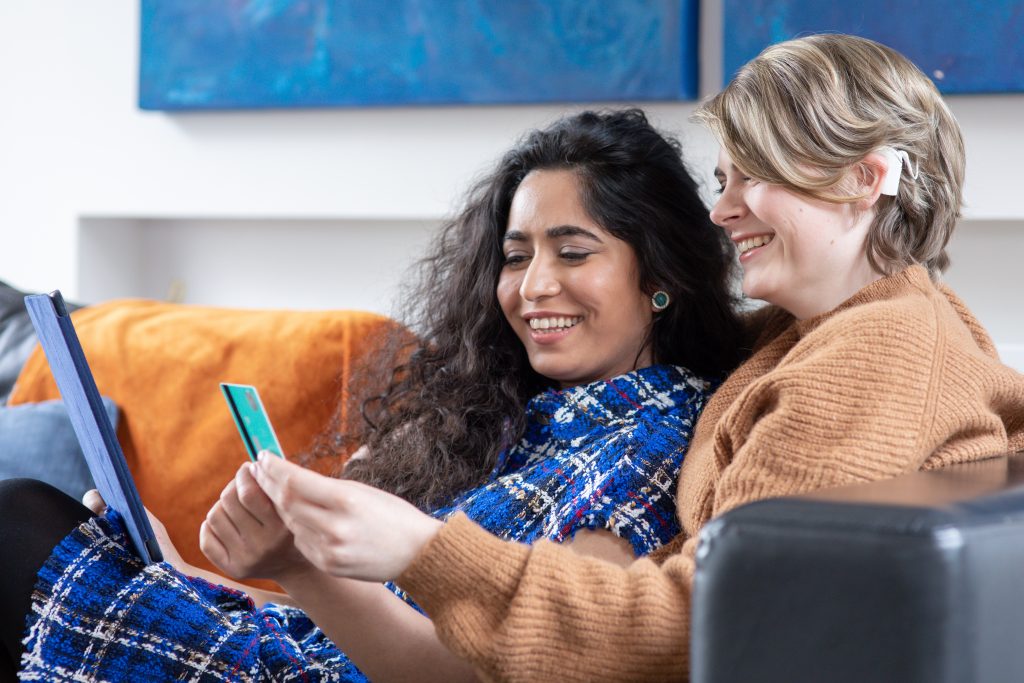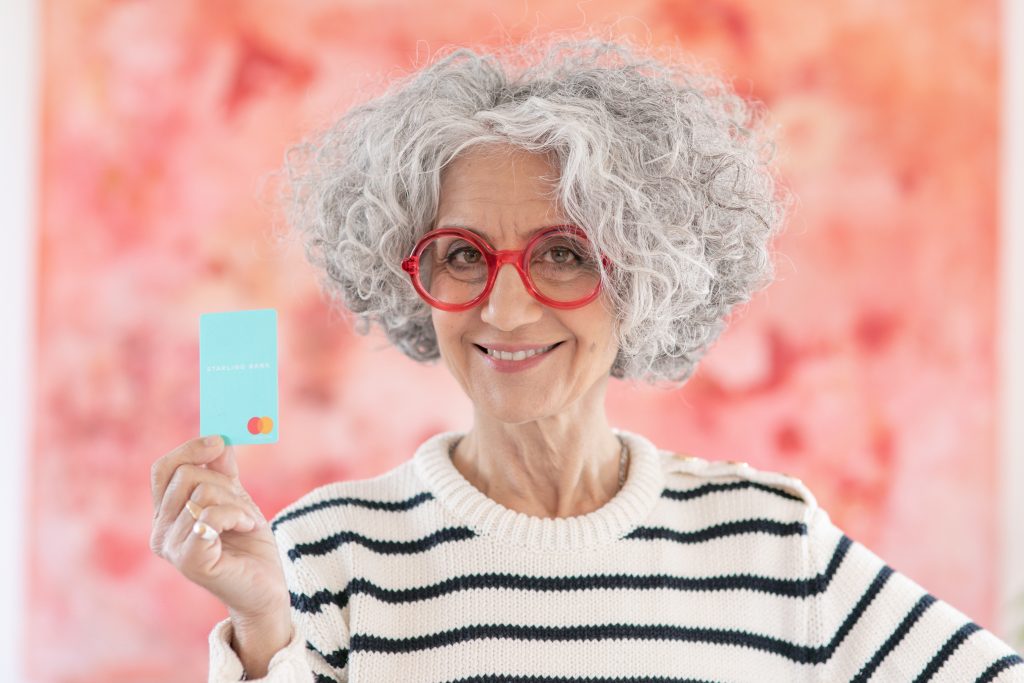Starling Bank and Brunel University London have created a free and diverse image library to improve the representation of women and money as part of the bank’s #MakeMoneyEqual campaign.
An audit by Brunel into 600 images across three leading image libraries found stark inequalities in how women and men are represented with money in visual media.
To lower this inequality, Starling Bank partnered with Lensi Photography to create a new free image library of 100 photographs that address the gaps found in Brunel’s research.
The study was conducted by Professor Shireen Kanji and Dr Ana Isabel Canhoto at Brunel between February and March 2021.
Professor Kanji said: “Our analysis revealed clear differences in how men and women are represented with money, as well as a general lack of diversity.
These depictions really matter; they negatively affect not only how people are treated, but also how they feel about themselves in terms of money, which is typically used to symbolise power, influence and freedom.”
Image searching
The study selected the most popular images for ‘men’ and ‘women’, combined with the labels ‘money’, ‘banking’, ‘loans’ and ‘finance’.
The images were then analysed in terms of demographic, behavioural and symbolic representations, noting the presence or absence of features such as coins, notes and attire.
A prominent finding showed that image libraries frequently depict women as childlike compared to men, clutching coins and piggy banks.
In contrast, their male counterparts are often seen brandishing wads of notes, or managing important business deals.
Starling Bank stated that this lack of representation can leave women feeling alienated from the world of finance.

Anne Boden, CEO of Starling Bank commented: “That needs to change. Too often women are pictured like children with tiny amounts of money. We need fewer piggy banks and pennies, more instances of women taking the lead, and greater diversity overall.”
This underrepresentation is particularly true of minority groups, such as those with disabilities or in same-sex relationships, who Starling Bank found are excluded from financial imagery.

Credit: Lensi Photography
Not diverse enough
Infantilisation
Across the study, women were nearly four times more likely to be depicted as childlike with their money compared to men.
This infantilisation was most evident in images of women enthusiastically placing coins and pennies in piggy banks and hugging savings jars (in 24% of images of women, compared to 8% for men).
In contrast, men were often shown holding wads of notes in social settings, making deals or spending money confidently.
Women were also by themselves in 92% of images with very few looking concerned about their finances (1.3% of women looked very worried compared to 9% of men).
Brunel added that this implies women have little to worry about because they are not in charge of their finances, and they lack agency – an assumption that is detrimental to how they are treated.
Clothes and Objects
Images of men were more likely to include suits (24%, compared to 0% of women), watches, and glasses (48% compared to 31%) – all of which can act as signifiers of seriousness and intelligence.
Missing women
The report also revealed that women with visible disabilities, headscarves, tattoos, and who were overweight were rarely captured.
Few of the women depicted were over 40, with searches for ‘women and money’ four times more likely to use young models than with ‘men and money’ (29% compared to 7%).
Grey hair was especially rare, only appearing in 1% of women pictured, compared to 5% of men (18% of the population are over 65).

Credit: Lensi Photography
Ethnicity for women was found to be fairly balanced, however there was a clear lack of Black men when looking at image results for ‘men and loans’.
In these results, there were only 9.3% Black men compared to 18.7% of Black women, and 75% of the men were white versus 49% for women.
Perceptions of women are often moulded by how they are represented in the media.
Starling Bank saw it as important to correlate women’s lives, where they are breadwinners who are smart with money, support their families and prepare for old age, with depictions of them in visual media.
The #MakeMoneyEqual campaign aims to raise awareness about these differences within the media’s financial dialogue towards men and women.

Starling Bank and Brunel University’s new free and diverse image library from Lensi Photography features a number of different settings and women in an effort to combat the differences found in the research.
You can check out Starling Bank’s #MakeMoneyEqual campaign here.




